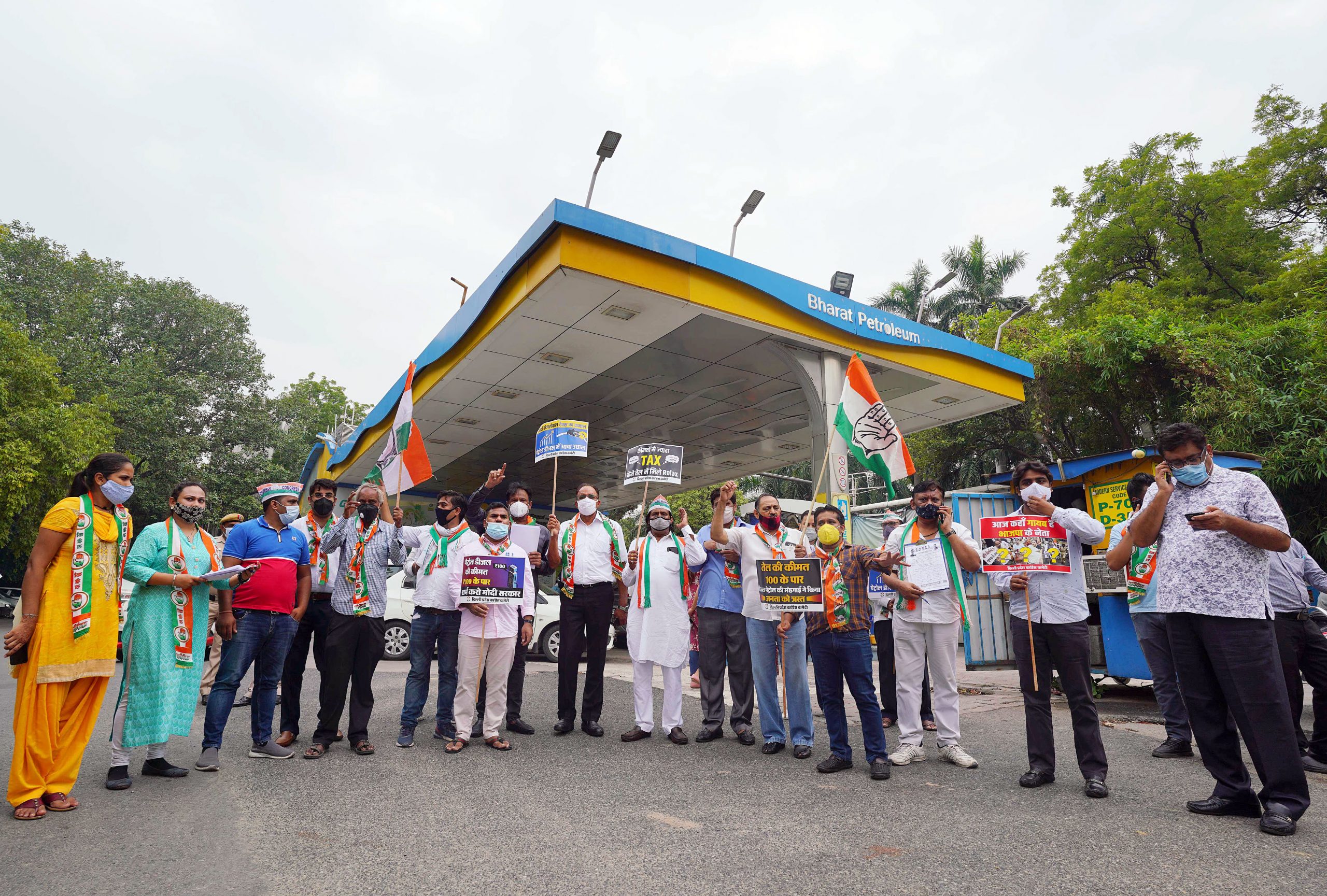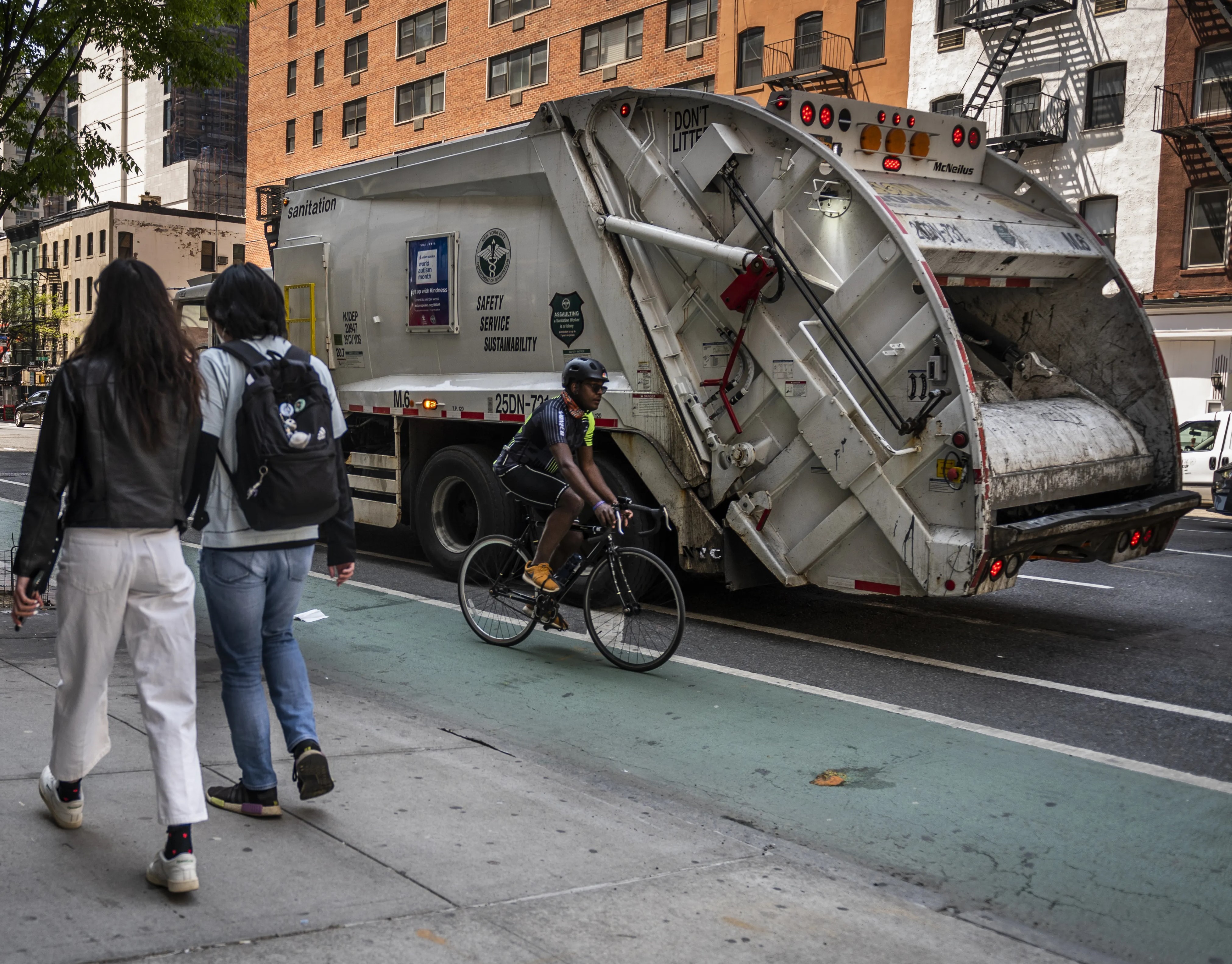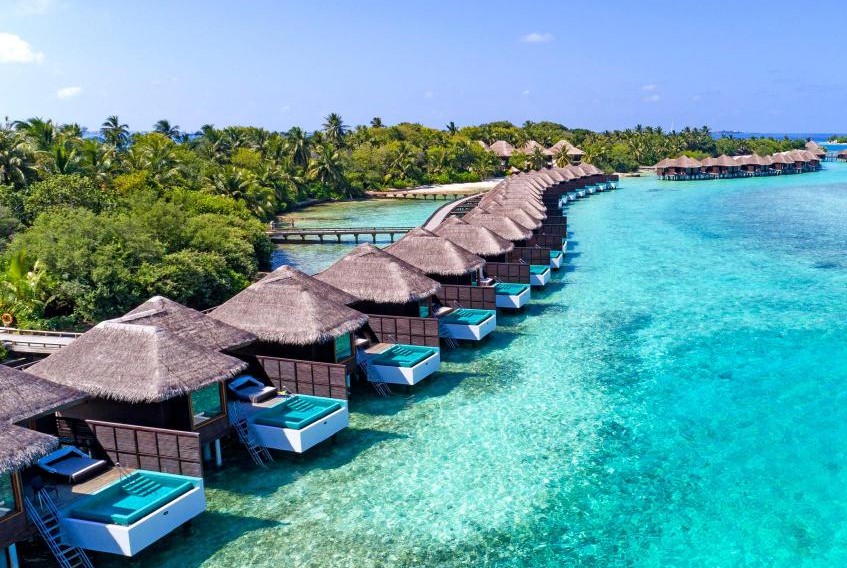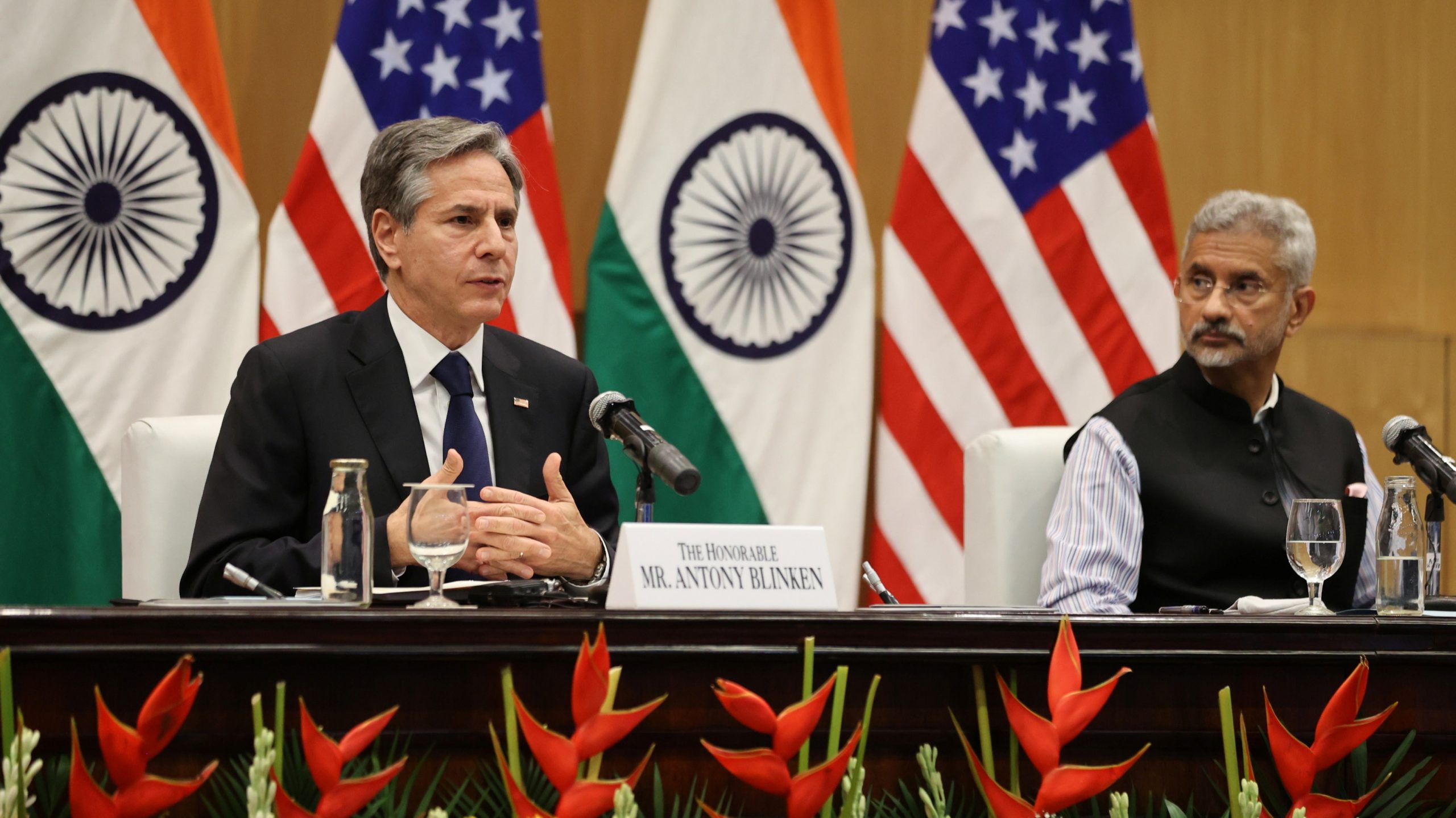Amit Cowshish
India has been striving for indigenisation of defence production for close to three decades. To give impetus to the efforts, the Ministry of Defence (MoD) had constituted a committee in the early 1990s under Prof APJ Abdul Kalam. The committee suggested a 10-year roadmap to increase the indigenous component in the total expenditure on capital procurement from 30 per cent in 1992-93 to 70 per cent by 2005. This goal could not be achieved and there continues to be some confusion about the present state of indigenisation.
Several steps have been taken in the last 20 years, but the outcome of these efforts remains a matter of debate as the available data on indigenisation is confusing. According to a recent report of the Standing Committee on Defence (SCoD), only 93 of the 213 contracts worth about Rs 1,76,569 crore were awarded to foreign vendors of the USA, Russia, Israel, France, and some other countries between the financial years (FYs) 2016-17 and 2019-20.
In the last five years alone, several contracts have been awarded to the foreign vendors for an assortment of platforms like Dassault’s twin-engine Medium Multi-Role Combat Aircraft (MMRCA), Boeing’s multi-role combat AH-64E Apache and vertical-lift Chinook helicopters, Lockheed Martin’s C-130J Super Hercules four-engine turboprop military transport aircraft, and Russian Almaz-Antey’s S-400 Triumf Air Defence System.
The best explanation for these contradictory sets of facts is that while the Indian industry has done reasonably well in manufacturing foreign-origin equipment with the help of technology transfer from the foreign Original Equipment Manufacturers and in indigenising components, it still lacks the capability to indigenously design and develop major platforms, with a few exceptions like the Light Combat Aircraft Tejas, which is what indigenisation should be all about.
Even in respect of components and assemblies, no data/information is available to show whether these are critical parts of the equipment/platforms in which these are used. This is important because the extent of indigenisation of a product matters little if a critical part, even if it constitutes a miniscule percentage of the overall product, is not indigenised. In hostile circumstances, the OEM or the country of its origin could deny the export of such items and paralyse production in India.
Seen in this perspective, the level of indigenisation of defence production in India is quite low. Broadly, there are four reasons for this.
The primary reason is the absence of a pragmatic overarching indigenisation policy. What comes closest to it is a notification issued by the Department of Defence Production (DDP) in 2019. It cannot be the guiding document for a concerted effort as it only contains the policy for indigenisation of components and spare parts used by the Defence Public Sector Undertakings (DPSUs) and the Ordnance Factory Board (OFB) in the manufacturing process.
Secondly, there must be an overarching organisation to coordinate indigenisation efforts currently being made almost independently by several institutions mentioned above. This organisation will have to work out a system for ensuring deeper involvement of the private sector in the indigenisation effort, apart from engagement with other scientific institutions, innovators, foreign entities, and academia.
Thirdly, procedural issues need to be resolved to ensure that the testing, quality assurance and certification agencies work more as a part of the team engaged in indigenisation rather than as external technology audit entities. This may also require the quality assurance personnel to acquire and upgrade their domain expertise, as well as test procedures, equipment and methodologies.
Fourth, legal issues that often come in the way of indigenisation of products need to be tackled. This is more relevant in the case of substitution of parts and assemblies fitted in the imported equipment through indigenisation efforts which pose a problem because of the legal constraints imposed by the warranty/guarantee clauses in the contracts awarded by the MoD/Services to the technology provider concerned.
Lastly, indigenisation is driven by commercial considerations. No seller will opt for indigenisation if it involves the risk of conceding a competitive edge to another seller because of the additional cost of indigenisation, or if the delivery schedule is inflexible allowing no room for indulging in time-taking indigenisation efforts, or there is uncertainty about the MoD’s ability to place follow-on orders for indigenised products because of the enduring financial constraints it has been facing for long.
A more modest and focussed mission-mode approach to indigenisation can produce better results.
Amit Cowshish is a former Financial Advisor (Acquisition), Ministry of Defence and former Consultant, Manohar Parrikar Institute for Defence Studies and Analyses, New Delhi
Views expressed are of the author and do not necessarily reflect the views of the Manohar Parrikar IDSA or of the Government of India
This is the abridged version of the article which appeared first in the Comment section of the website (www.idsa.in) of Manohar Parrikar Institute for Defense Studies and Analyses, New Delhi on July 10, 2021


























